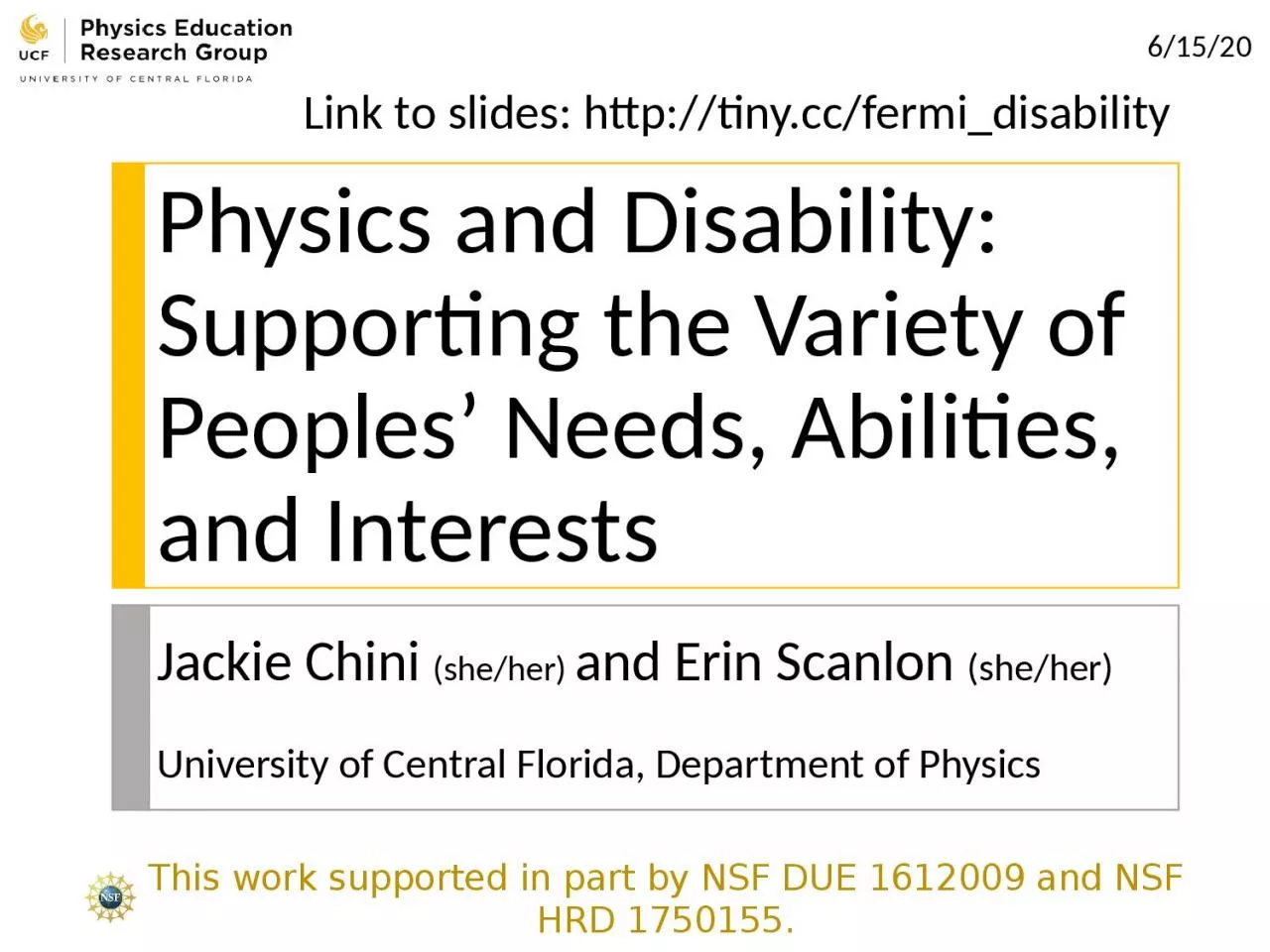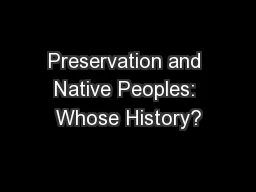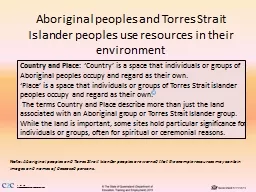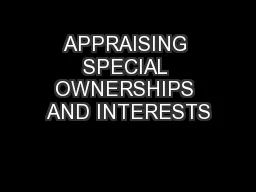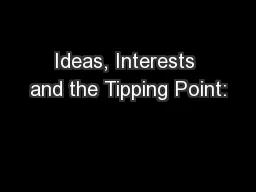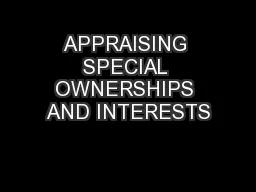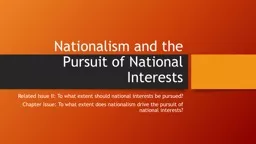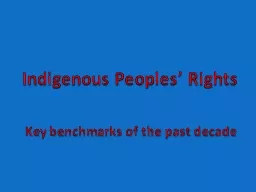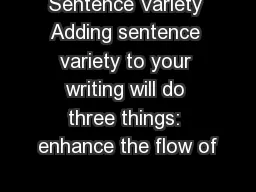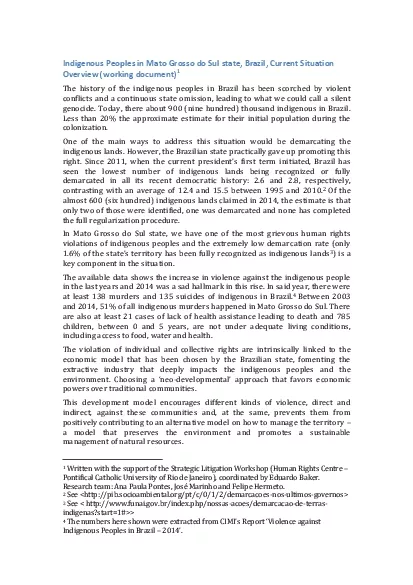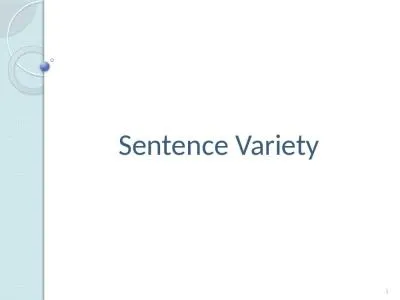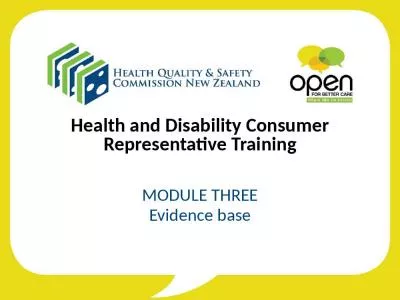PPT-Physics and Disability: Supporting the Variety of Peoples’ Needs, Abilities, and Interests
Author : TheOneWithNoFilter | Published Date : 2022-08-01
Jackie Chini sheher and Erin Scanlon sheher University of Central Florida Department of Physics 61520 This work supported in part by NSF DUE 1612009 and NSF
Presentation Embed Code
Download Presentation
Download Presentation The PPT/PDF document "Physics and Disability: Supporting the V..." is the property of its rightful owner. Permission is granted to download and print the materials on this website for personal, non-commercial use only, and to display it on your personal computer provided you do not modify the materials and that you retain all copyright notices contained in the materials. By downloading content from our website, you accept the terms of this agreement.
Physics and Disability: Supporting the Variety of Peoples’ Needs, Abilities, and Interests: Transcript
Download Rules Of Document
"Physics and Disability: Supporting the Variety of Peoples’ Needs, Abilities, and Interests"The content belongs to its owner. You may download and print it for personal use, without modification, and keep all copyright notices. By downloading, you agree to these terms.
Related Documents

